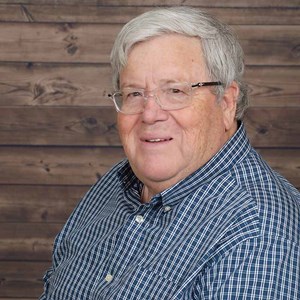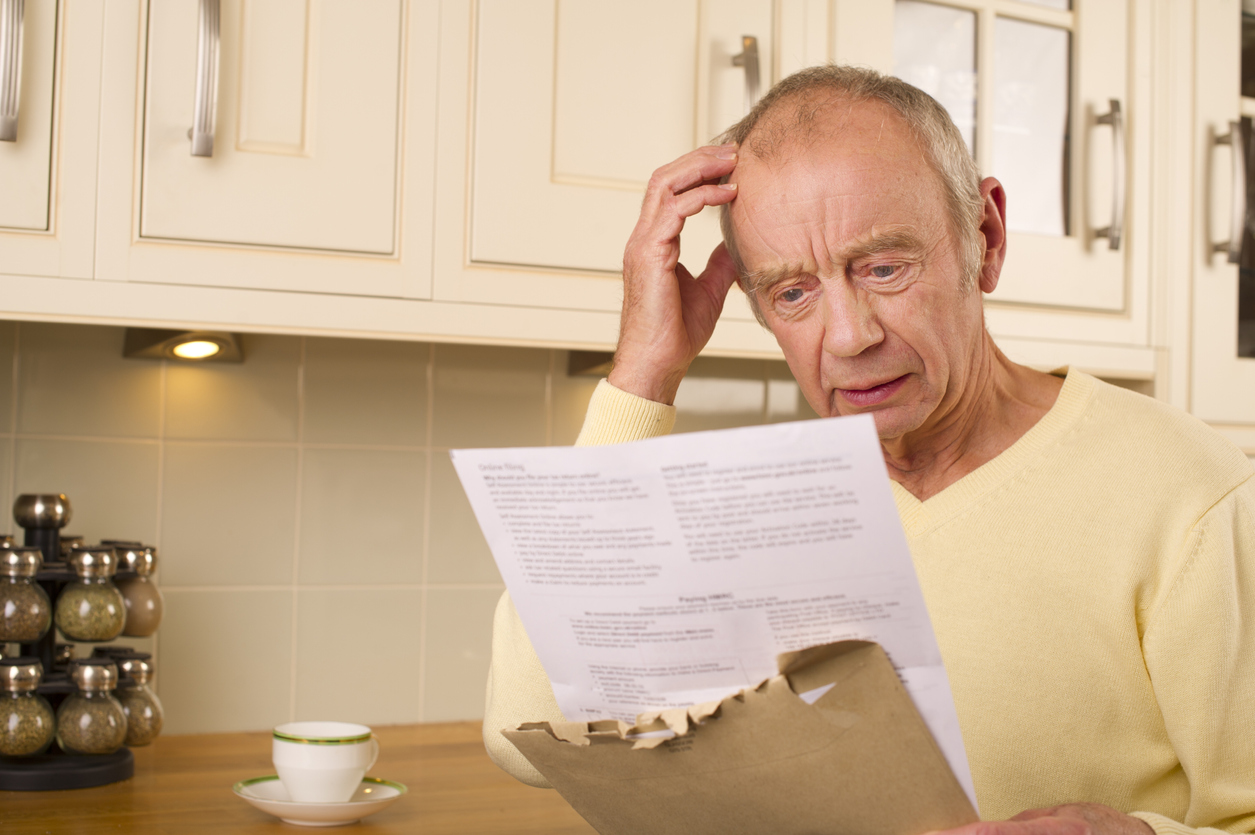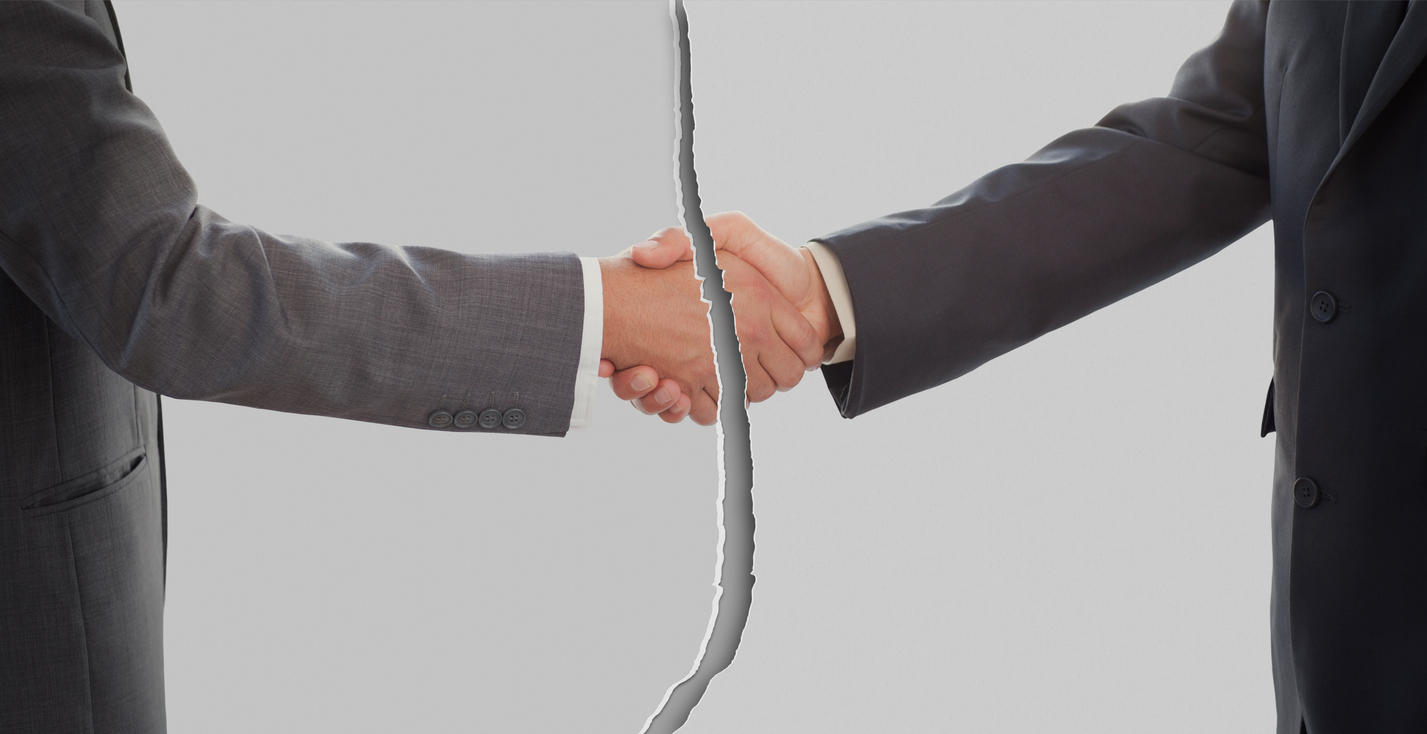John Putnam wrote an article warning about the dangers of smoke following wildfires, titled, Wildfire Smoke Claims: A Hidden Postwildfire Catastrophe. I made similar warnings in Wildfires Leave Dangerous Health Risks In Surviving Buildings.
Putnam’s article gets right to the point:
Where there is fire, there is smoke! Why is it most people see the incredible wildfire damage in pictures of a postwildfire and have no clue about the usual, more numerous partial smoke claims? If you live near the wildfire, you will see small trailer cities of restoration contractors in local parking lots who are often the first contractors on site to begin the postfire smoke cleanup.
Without question, the biggest lessons learned from my wildfire recovery experiences were those associated with the unseen smoke that infused homes.
What is unique to Putnam’s analysis is that he raised “psychological dimensions” to smoke claims:
Smoke claims are more challenging to adjust because of two separate psychological factors that are unique to these claims. These factors involve both individuals and groups of similar survivors who drive these concerns in the press and social media.
In the immediate aftermath of a wildfire, partial-loss homeowners have a moment of great relief. They did not lose everything but rather had a dwelling full of smoke-infused, manageable damage. As time progresses following the loss, two factors start playing out. First, in many cases, the smoke cleanup is not as easy a process as first thought. Even with the best of remediation, the house and contents still seem unclean, and worries start regarding the long-term impacts of smoke particles that may not have been fully mitigated. Another concern at this point is whether the sale price of their home has diminished because of this damage. Second, a huge impact is seeing their total-loss neighbors’ rebuilding back new and better while they are stuck with a dirty home.
Another psychological hurdle to overcome is the long-term impact of residual smoke residues and odors on insureds who have respiratory or immune health issues as well as certain vulnerable populations (i.e., pregnant women, infants, cancer survivors, and seniors). Even though a good faith effort was made to remediate their homes, they may still have headaches, asthma, chronic respiratory, or other medical conditions. In many cases, they fear the unknown of the other chemicals in their residence that were not fully detected or remediated.
One takeaway from this behavior was the inability of health providers to either provide specific levels of residual exposures or to treat the alleged symptoms. It was fascinating to see the limited science from the medical community to help survivors of wildfire smoke in a longer-term setting than just at the onset of the smoke event.
I agree. How do you deal with the concern of whether toxic smoke by-products were fully removed or remediated from your home? This is often discussed with policyholders returning to structures, but I do not have a good answer on how to deal with the issue when insurers refuse to pay for full post-remediation testing to see if the dangerous by-products are no longer present.
Putnam also points out how challenging wildfire smoke claims are to investigate and adjust properly:
Wildfire smoke claims present a big challenge to insurance claim professionals starting with interpreting insurance policy language that specifies that the damage will be repaired or replaced. The next hurdle is determining the scope of damage since much of the damage will be hidden from an adjuster’s view. Usually, there is some visual evidence of smoke damage. Still, the extent of damage and majority of smoke damage is hidden behind walls, in porous surfaces, and in chemical residues that need much further analysis to determine the extent of damage.
John Putnam’s article is a must-read for those wanting to keep up with the current concerns and issues surrounding wildfire smoke claims. I agree with his conclusion:
As an insurance professional for over 50 years, these real-world laboratories offer a different learning experience than traditional classroom training. I intend to share these insights with other insurance professionals, hoping that collectively we can start finding new and innovative ways to bring better solutions to the ever-increasing natural catastrophe victims that confront our industry. It is time to revisit, rethink, and reimagine better solutions for handling wildfire smoke claims.
I stated that a qualified industrial hygienist is required during the adjustment of smoke claims in After A Fire, You May Need An Industrial Hygienist:
The health hazards that may result from soot are just too significant to ignore. According to the National Cancer Institute, “soot is a byproduct of the incomplete burning of organic (carbon-containing) materials, such as wood, fuel oil, plastics, and household refuse. The fine black or brown powder that makes up soot may contain a number of carcinogens, including arsenic, cadmium, and chromium.” If the smoke and soot are not properly remedied, they could result in personal consequences as severe as skin, lung, esophageal, and bladder cancer. Smoke and soot travels and will penetrate areas of your property not visible to the naked eye, potentially causing damage to insulation, electrical wiring, HVAC, and other parts of your house. Not only do the hidden smoke and soot present a health and safety risk, but they can also present the opportunity for early failure of the electrical and mechanical components of your property. As reported to State Farm by the Norman’s, their treadmill began failing after the soot and smoke intrusion into their home. For those reasons, if your insurance company does not retain an industrial hygienist as a part of their adjustment of your fire claim, ask why not. Retaining an industrial hygienist to investigate the full extent of smoke and soot damage after a fire loss is not a novel concept, and it could mean the difference between the continued health of yourself and your property.
For public insurance adjusters, I suggest you also read Dan Veroff’s post, Wildfire Claim Adjustment Tips for Public Adjusters.
Thought For The Day
“The greatest enemy of knowledge is not ignorance; it is the illusion of knowledge.”
—Stephen Hawking




